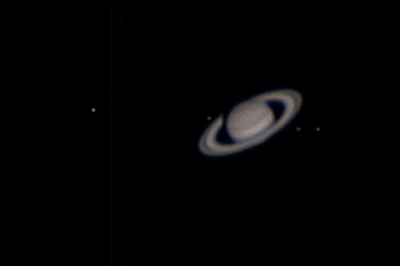" We decided to spend some time in the Jodrell Plank Imaging suite processing the video clips a number of different ways using a range of processing software packages. These two images, stacked from two separate videos, were considered to be the best from the night".- Joel Cairo CEO of the Jodrell Plank Observatory.





